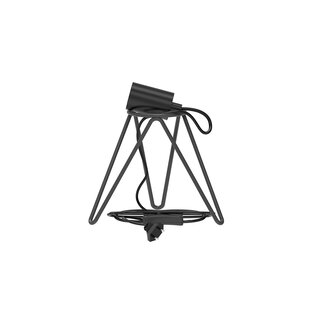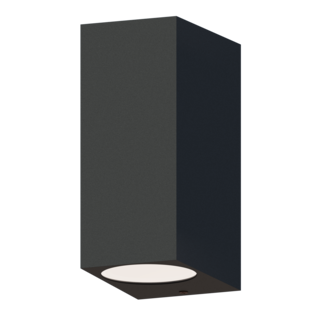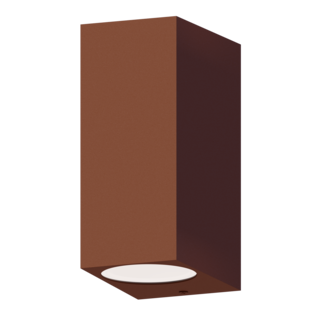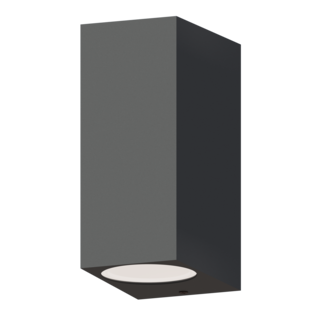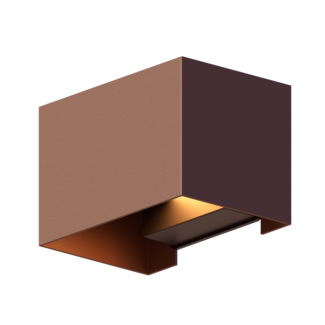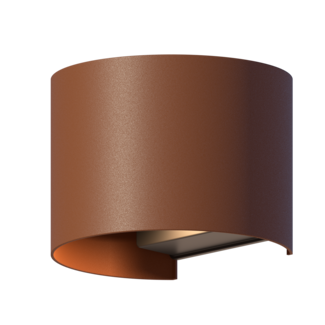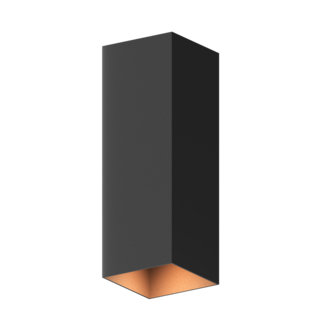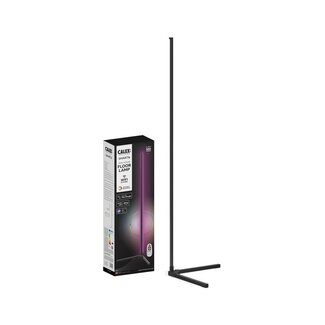What are luminaires?
The word armature is derived from Latin (armatura) and literally translated means equipment or armament. Yet a fixture is much more than that. It not only has a constructive and load-bearing function, it is also an important protection of the connection of your lamp to the mains. A fixture is made up of two essential parts, namely the socket and the lamp that is placed in this socket.
Here we explain more about the different types of fixtures and which type is most suitable for your lamps. This way you can buy the right fixtures for your light sources. Enjoy reading!
What types of LED fixtures are there?
You may not know much about fixtures yet, but you probably already know that there are many different types. To help you buy the right fixture, we have listed the best-known types of LED fixtures below.
- Recessed luminaires: LED recessed luminaires are all types of housings that are mainly used as general lighting. Examples of this include LED panels that are built into ceilings, but also LED downlights. LED ceiling lighting is often installed as accent lighting. By using fixtures and installing them, you ensure a beautiful and sleek finish. This gives a modern, calm and fresh look. Good news: all recessed luminaires have been developed in such a way that they can easily replace conventional luminaires. Partly thanks to this, you often do not have to make any adjustments to install your LED fixture.
- Surface-mounted fixtures: Surface-mounted fixtures are ideal for most lighting in your home. They are designed to provide bright and even lighting without buzzing or flickering. Surface-mounted fixtures are usually very energy efficient and easy to install. They are therefore very suitable for the LED lamps in your home.
- Waterproof fixtures: Waterproof fixtures are – as the name makes clear – completely resistant to water. This way you can safely provide light to environments where water is present, without damaging your lamps. How waterproof the light source actually is, or the amount of water that the fixture can actually withstand, is indicated by the IP value. If you are looking for a fixture for a lamp that does not often come into contact with water, a low IP value is sufficient.
- Ceiling fixtures: Ceiling fixtures are light fixtures that are suitable for attaching lamps to your ceiling. A ceiling fixture ensures that you can spread light throughout your room. This is a major advantage compared to a regular recessed spotlight, because these lamps can only emit their light rays straight downwards.
- Table fixtures: Table fixtures are used for light sources that you place on a table. They are often used to provide a nice and sturdy casing for LED lamps on a desk or dining table.
Mounting and connecting LED fixtures
After reading the previous subtitles, you are probably already convinced of the usefulness and important role of luminaires. But perhaps you still have the next question: how should you mount and connect such a fixture? And is that difficult?
We will immediately reassure you: no, mounting and connecting a fixture is not difficult at all. Yet it is important that this is done accurately and correctly. That is why we have drawn up a short step-by-step plan for you.
- First read the instructions that you received with your fixture. This will make the installation easier and safer.
- Turn off the power to the switch connected to your light source. This way you prevent electric shocks or other dangerous situations.
- Remove the old fixture: If you want to replace an existing fixture, first carefully remove the old fixture, making sure to carefully disconnect the wires.
- After your previous fixture has been removed, you can install your mounting bracket. In this step, make sure that all fasteners are properly tightened so that your bracket hangs firmly and stably.
- Connect the wiring of your new fixture. Also ensure that everything follows the manufacturer's instructions in this step, so that your fixture is mounted safely.
- Attach the fixture: After you have secured the mounting bracket of the fixture, place your fixture over the mounting bracket and screw the fixture to it. This is usually done with a number of supplied screws. After this step, you can turn your light switch back on and see if your lamp is shining.
Stylish fixtures from ET48
Are you completely convinced of the fixtures for your lamps? Then be sure to take a look at the stylish fixtures from ET48. There you will find different types of fixtures that shine in every interior!



